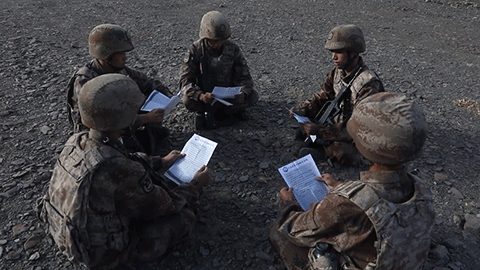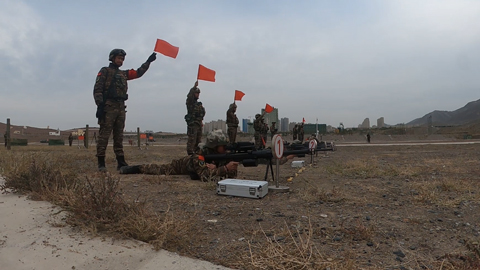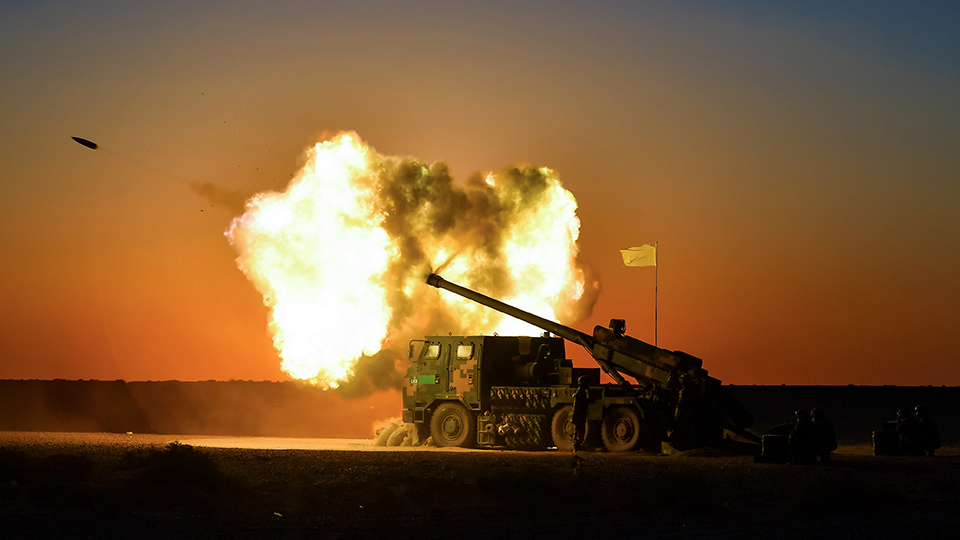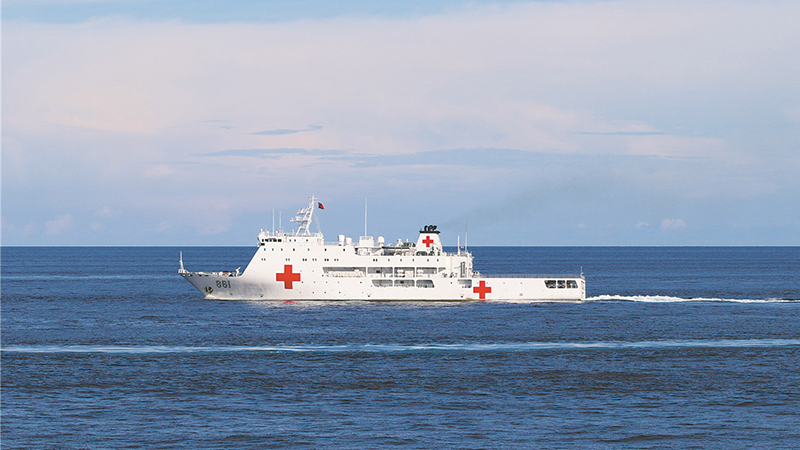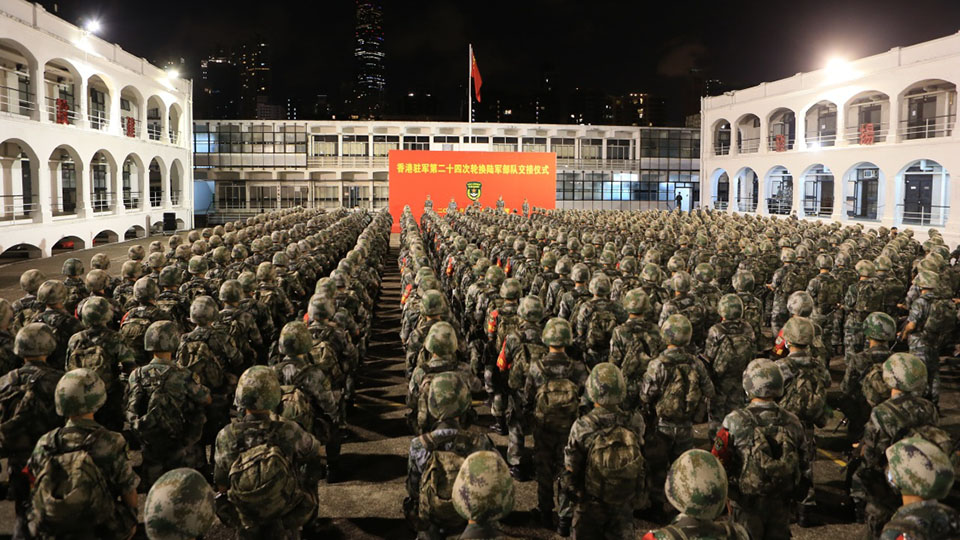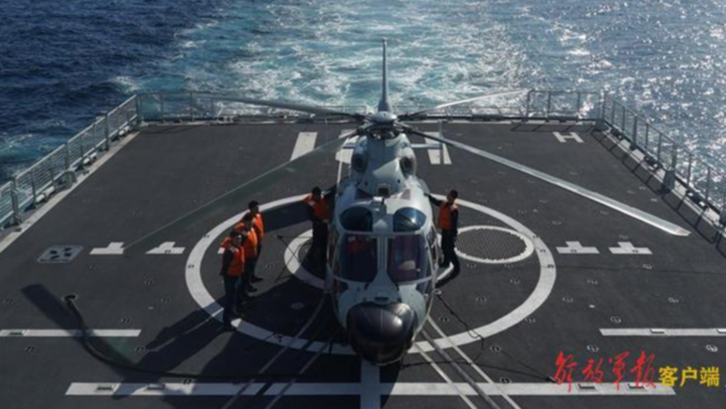
BEIJING, Oct. 18 -- The China-Russia joint naval exercise, Joint Sea 2021, conducted round-the-clock anti-submarine drills in waters near Russia's Peter the Great Bay from October 16 to 17, local time, which was one of the highlights in this joint military event.
The Chinese and Russian navies sent multiple types of main battle equipment respectively to the drills. In addition to the surging winds and waves on the day of the exercise, the submarine searching operation this year was full of expectation.
As the drills kicked off, the command post of the Chinese side guided the fixed-wing anti-submarine patrol aircraft through the real-time command system to deploy a number of sonar buoys, which formed a large submarine searching zone in the designated sea area. Then, upon obtaining information on the suspected "enemy submarines", the commander issued an anti-submarine combat order to the warship formation.
The ship-borne helicopters onboard the Chinese Navy's guided-missile destroyer Nanchang (Hull 101) immediately took off, flew over the search area, and used a dipping sonar to perform a spiral search on the water surface to gradually narrow down the research scope.
"Compared with fixed-wing anti-submarine patrol aircraft, the ship-borne helicopters feature faster speed and better maneuverability. They can locate the target more accurately," said Sun Xiangjie, a sonarman assigned to the helicopter regiment.
The sea conditions reached a critical value during the drills, and the pilots must constantly adjust the flight attitude to relieve the violent vibration of the helicopters, making it more difficult to conduct search for submarines, added Sun.
Based on the target range identified by the ship-borne helicopters, the command post ordered the warships to conduct divisional searches. From morning to evening, fixed-wing anti-submarine patrol aircraft, ship-borne helicopters and surface warships worked closely and formed a three-dimensional hunting net towards the target step by step.
"Anti-submarine warfare is an acknowledged difficult issue for navies all over the world as it poses higher requirements for the combat capabilities of underwater detection, search and positioning, and fire strike," said Chen Weigong, political commissar of the destroyer Nanchang. In the Joint Sea 2021, Chinese helicopters conducted the anti-submarine drills over the Russian airspace for the first time and these new changes benefit from the continuous enhancement of the integration of the China-Russia naval systems and the in-depth development of the comprehensive strategic partnership of coordination between China and Russia in the new era.








